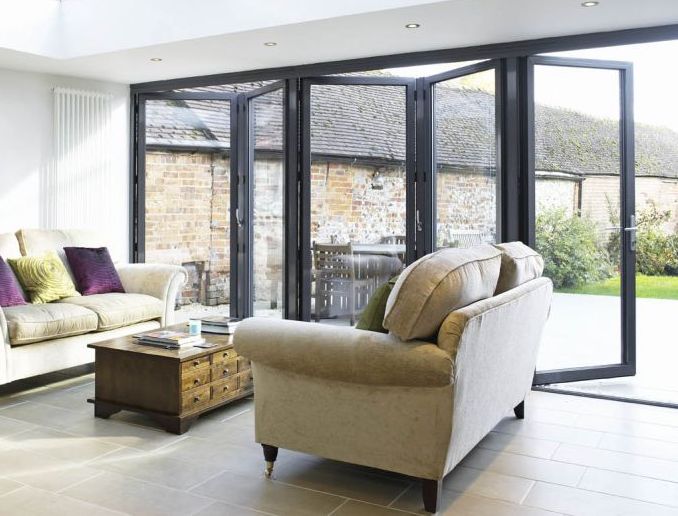If you want to entirely transform your home’s décor and style, get an eye-catching interior door installed. It’s one of those subtle necessities that make an enormous difference. While most doors go fairly unnoticed (much like moulding or trim), they can, however, have a remarkable effect on the overall look of the room. Interior doors are an essential part of a home, so never look right past them particularly if you have purchased or rented a home with them already pre-installed.
Since internal doors are a crucial part of any home, there should be a healthy amount of thought that goes into selecting one for your home – regardless of whether you are looking to remodel, build or just change up the overall look of your room. When sorting through the endless options for interior doors consider door swings, soundproofing, materials, and most vitally the style of the door (most come in hinged panels, blind, sliding, bi-fold, flush, pocket, and other styles).
Common Styles of Internal Doors to Consider
Sliding doors – These doors are typically lined with mirrors, or just made of glass and wood. If you are looking to save space or open up a room, sliding doors can come in handy as they take little space, thanks to their sliding along the wall rather than swinging open. Many of these doors are typically used as closet doors when installed in a small house.
Pros: Firstly, less structural issues are faced when installing them in a home. They can be easily operated even with blinds and curtains, also can be reasonably installed on a narrow width frame. In addition, these interior doors can open up to two-thirds of the total space in a room, and they do not require any projection of the doors. Sliding doors are similarly versatile and genuine replacements of the traditional doors. Even when closed, they provide wider and more open views.
Cons: You’ll realise that the frequent operation of these internal doors is not as suitable as they provide less wide opening space. Also, they require deeper, wider tracks for proper functioning. It’s difficult to install large panes on them, and the extent of view is blocked through them.
Bi-fold doors – These are folding doors that are usually in a bi-fold form, and they fold in on either side when closed or opened. They’re better installed in homes with smaller spaces; think in pantries, laundry rooms or closets. Bi-fold interior doors are a great way of bringing the outside in and creating a sense of space in a home. These doors can open up to 90% as they can be folded beside the wall. Install bi-fold doors to make moving to and fro outside easier.
Pros: The best thing about these doors: when folded they provide wider opening than sliding doors therefore making it easier to install them in areas that are quite difficult to access. In addition, they work well with blinds and curtains; can also be used as backdoor by merely opening a single fold only, not to mention they improve connectivity between the garden and the home thanks to their clearer, wider opening. Bi-fold doors are useful for smaller doors in a home.
Cons: These internal doors encroach into your living space when fully open. Compared to sliding doors, they have more frameworks and joints used in them. This tends to obstruct your views particularly when in closed condition.
